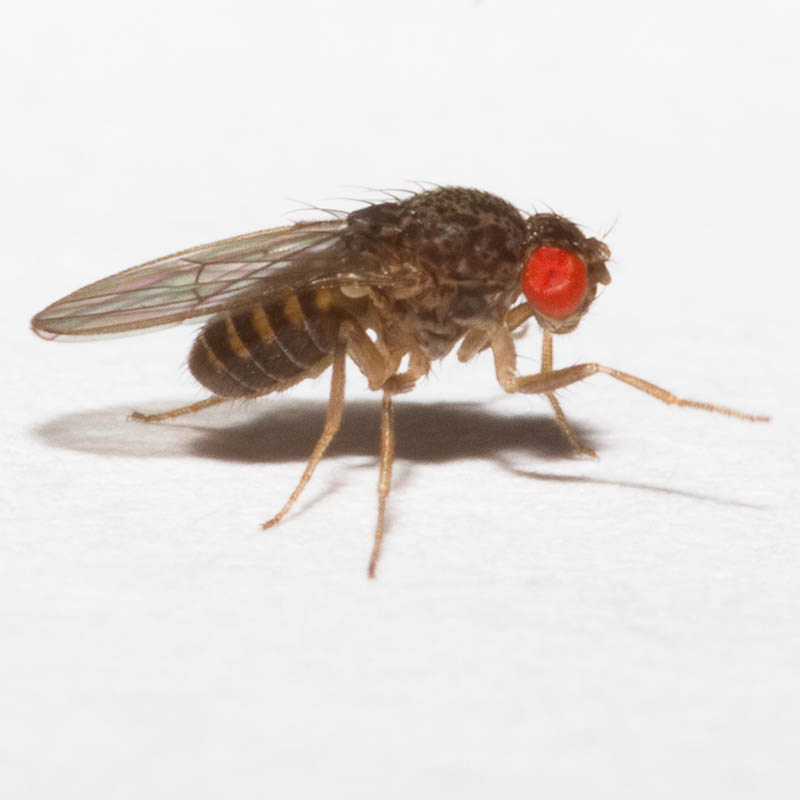
By: Hami D.
Year: 2023
School: Westminster High
Grade: 11
Science Teacher: Huy Pham
With the advancement of technology and the subsequent increase in noise pollution, it becomes crucial to understand the effects of different frequencies on living organisms. While several studies have explored the impact of noise pollution on humans, including its effects on stress levels, hearing loss, and communication, few have focused on the specific effects of sound frequencies. In this OCSEF award-winning project by Hami, the objective was to investigate the influence of sound frequencies on the olfactory sensitivity of flightless Drosophila hydei, a species renowned for their powerful sense of smell.
To conduct this experiment, at least three generations of flightless Drosophila hydei were raised in four large boxes, each divided into three cohorts. The boxes were assigned to the following groups: control, 200 Hz, 2,000 Hz, and 20,000 Hz. To ensure an isolated acoustic environment, the boxes were soundproofed using dense, closed-cell foam. A tablet was attached to the lid’s underside in each experimental box, allowing for the monitoring of constant decibel levels. The flies were received as adults and were exposed to varying sound frequencies while maintaining an optimal temperature below 84 degrees Fahrenheit.
To test the olfactory senses of the flies, five two-way choice chambers were designed using durable acrylic plastic. Each chamber consisted of two 6x6x6 cubes connected by a 6x3x3 tube/channel. Within each chamber, one of the four scents (apple cider vinegar, cinnamon, banana, mint) or no scent (control) was provided. Every 4-5 days, random samples of flies from each cohort were placed into the chambers, rotating through all the chambers. A 15-20 minute video was recorded, and the number of flies present in each section of the chamber was counted at 3-minute intervals for a total of 12 minutes.
The motivation behind this experiment stemmed from the growing concern over noise pollution and its impact on sensory processing. By focusing on the olfactory system of the flightless Drosophila hydei, the project aimed to shed light on how noise pollution, particularly sound frequencies, affects the processing of sensory information.
During the experimentation phase, observations were made on the number of flies in each section of the choice chamber, along with general behavior observations. Analysis of the data gathered over nine trials revealed that the majority of cohorts exhibited a decline in interest across all scents. However, after averaging the number of flies present in each scented side of the chambers and applying error bars, it was observed that there were no significant differences across the sound frequencies.
Through the use of t-tests, it was determined that none of the sound cohorts exhibited statistical significance, leading to the conclusion that the movement of flies across choice chambers was not affected by the manipulated variable of sound frequencies. The decline in interest observed across all scents in most cohorts could be attributed to various factors such as scent diffusion across chambers, stress levels, short trial times, and habituation, all of which may have influenced the cohesion and, consequently, the data.
This experiment not only contributes to our understanding of how sound frequencies impact sensory processing in flightless Drosophila hydei but also highlights the importance of considering various factors when analyzing experimental data. As research in this field progresses, further investigations can build upon these findings to deepen our knowledge of the effects of noise pollution on different organisms and their sensory systems.
